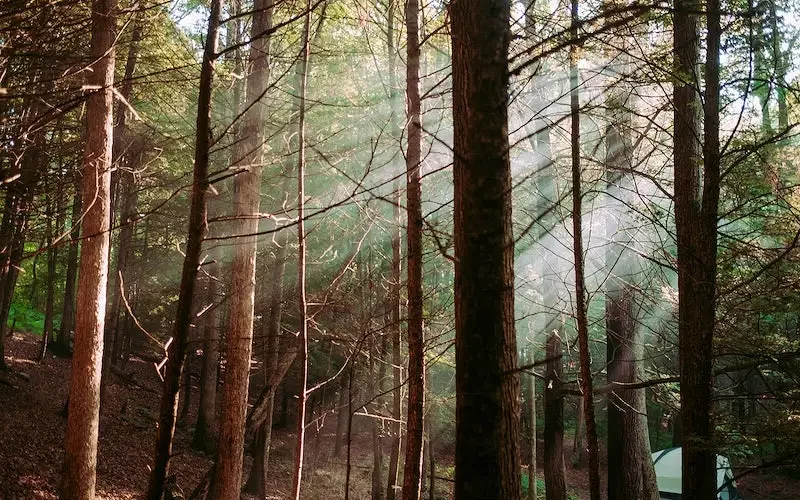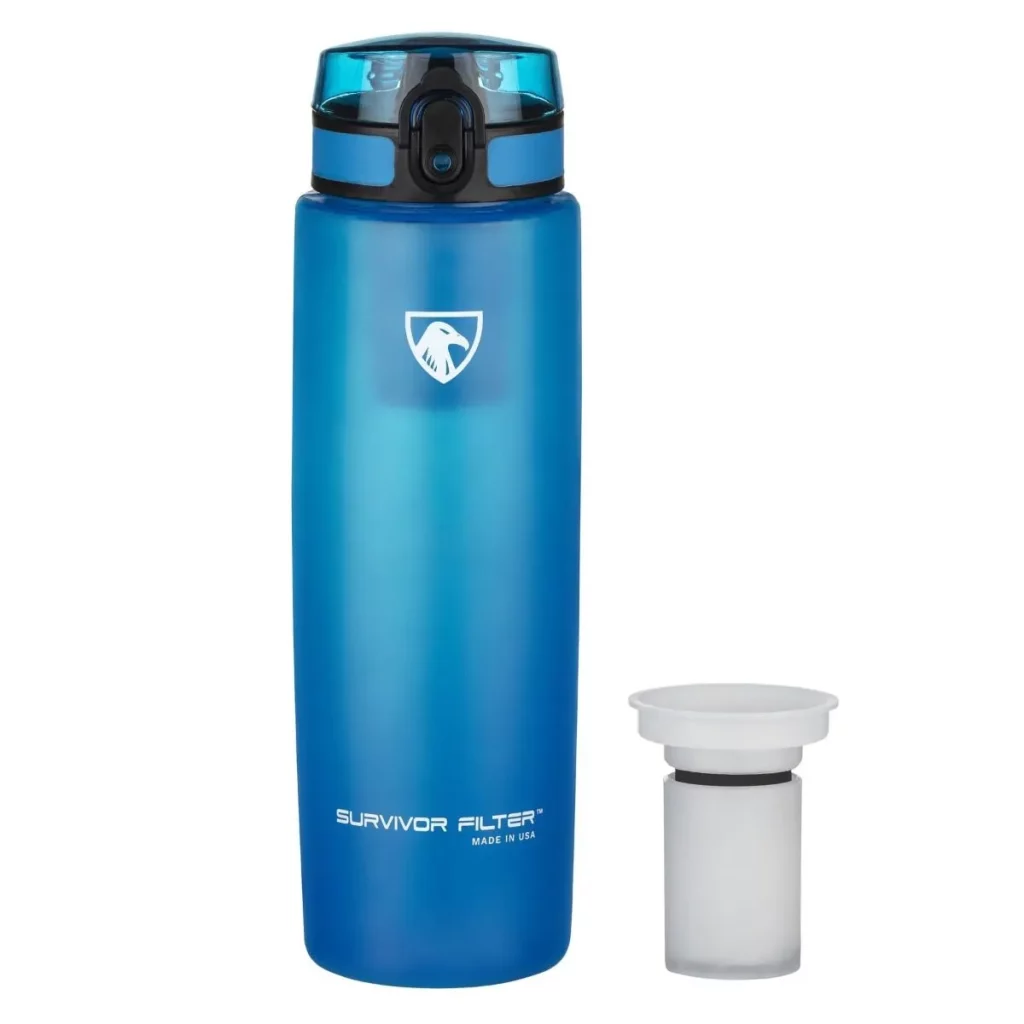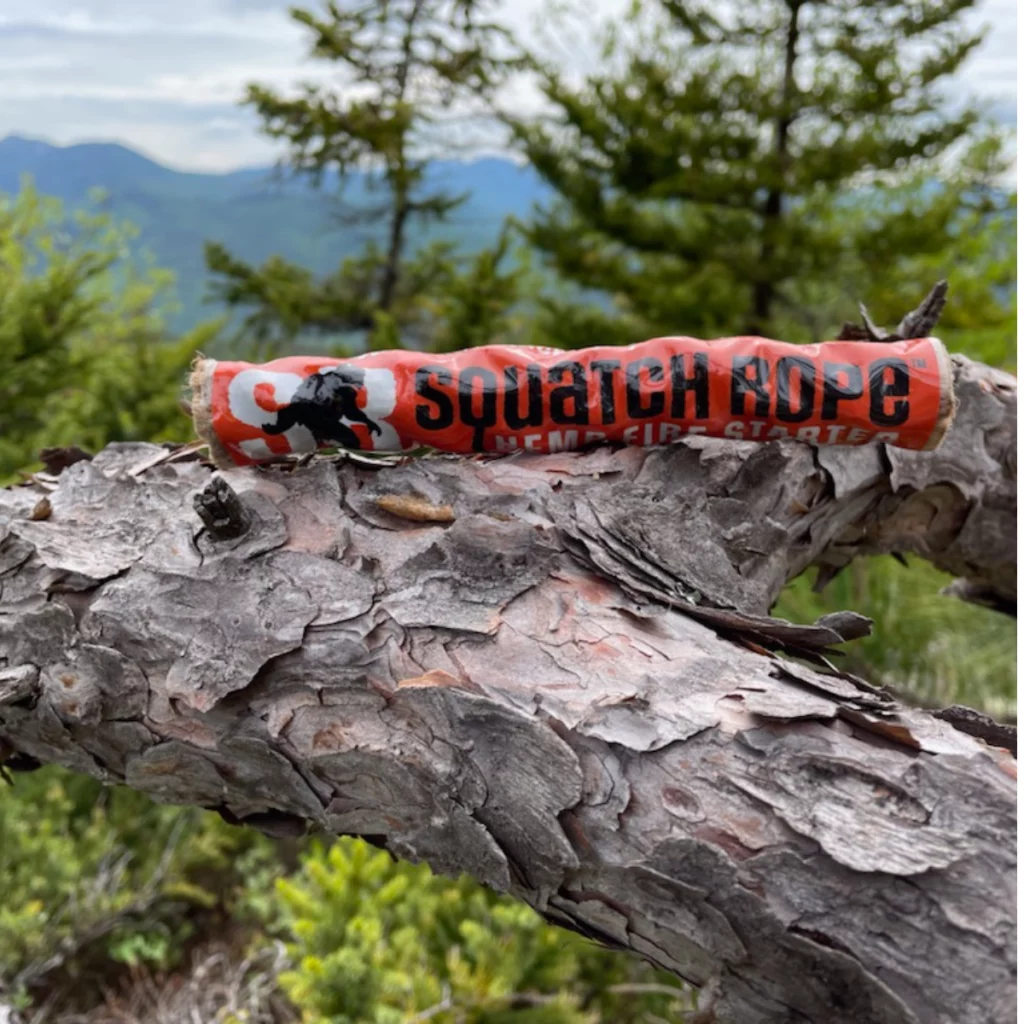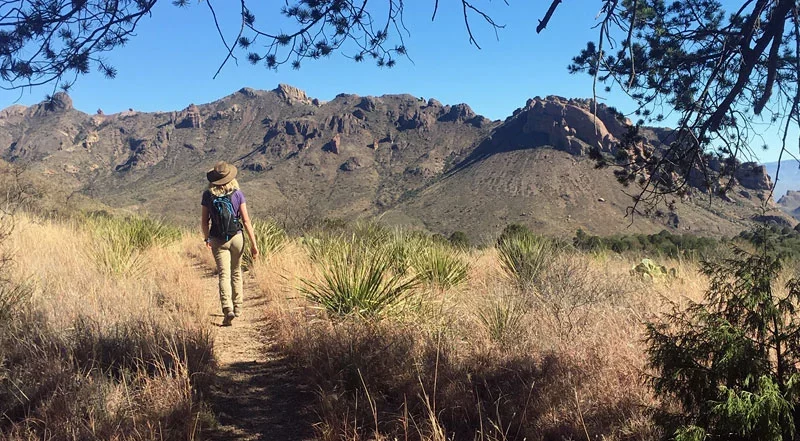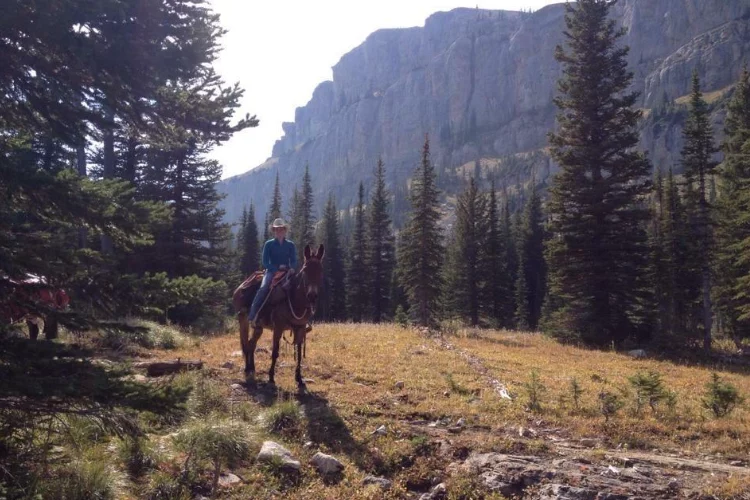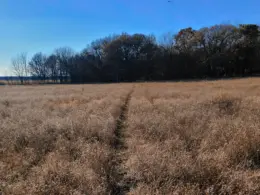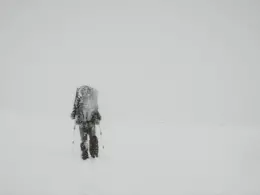There is a distinct difference between surviving in the woods and simply camping. For the average camping trip, there is ample discussion and planning to ensure that nothing goes awry. In a survival situation, basic needs are not provided for you and must be created.
As long as you can bring your wits about there is a high chance that surviving in the woods won’t be as difficult as some may think. Knowing some basic information and developing some confidence will give you the ability to make do with the resources around you.
In this guide, you’ll find out what resources you can use in a survival situation to take care of your basic needs. It’ll include tips on how to use the methods and when you may need to use them. The idea is to give you a strategy for surviving in the woods instead of just forcing you to memorize a rigid guide.
Table of Contents
Take Time to Gather Your Thoughts
Surviving in the woods is as much a mental game as it is physical. Mental fatigue can cause you to make mistakes or freeze up with indecision. The fight or flight mechanism that manifests in stressful situations is a good example of wasted energy and fractional thoughts.
Use the S.O.A.P Method
There is an easy strategy to remember if you get lost and it applies to surviving in the woods as well. I’m sure it can apply to many facets of our day-to-day lives as well. The S.O.A.P. method is primarily used to give yourself time to figure out your next move.
Stop and wait – Sit down and gather your scattered thoughts. Unless you are injured, waiting for a while to think about your next move won’t cause any harm.
Observe what’s around you – As you’re sitting or standing, take a look around. You’ll start to notice things. Here are some examples of ideas for observations:
- Are there any memorable landmarks?
- Do you remember any details up until the present?
- Where is the sun in the sky?
- Does the weather look like it’s going to storm?
Get as much information as you possibly can to help you make your next move. You’ll also want to pay attention to the resources in your vicinity. It can be building materials, water, and even a food source such as berries.
Assess what you have – The next step is to figure out what you brought with you. This can be anything from water purification to fire starting. Any items that will help you start to address your basic needs. Additionally, any navigational gear is handy. Things like a compass can help you get your bearing so that you don’t get lost.
Plan your next move – This step shouldn’t be completed unless the previous ones have been looked at. You must have all of the information available about your current situation before you go and start projects. The time of day is the last piece of the puzzle and will dictate whether you start with getting water or building a shelter first.
The Basic Needs of Wilderness Survival
The main things you’re going to have to worry about to survive in the woods are water, fire, shelter, and food. You can figure them out in any order but generally, you want to find a source of water first and then a way to purify it.
If the weather is looking dicey then you may want to build a shelter first so that you can stay dry and warm. The final decision depends on your current situation and what you can take care of immediately and with the least amount of energy.
Water
Finding a source of clean, running water should be your priority most of the time. Dehydration can set in pretty quickly with things turning dire after a couple of days. Ideally, you want to camp somewhere near water so that you don’t have to travel far to fill up your supply.
Additionally, wildlife loves to gather around watering holes. It’s a great way to scout out a food source. As you go to get water you can mentally pick out where good areas would be to fish or trap some small game.
Here are some guidelines to follow when deciding whether a water source is contaminated or not:
- Keep in mind that the more upstream you can go the better. This is because flowing water can still have some nasty things in it. For example, if an animal has died somewhere upstream and you drink down from it then there is a chance that it could be contaminated.
- Clear water is not necessarily clean water. Check for signs of life in the pond and if you don’t see any, then it might be best to check for another source.
- Look for water coming out of the ground. Springs are a great source of freshwater; However, you’ll still want to purify them before consuming.
Purification can be done through conventional means such as a membrane filter, chemical drops, and even UVC lighting. If you don’t have any of that gear there are some tried and true methods that you can use instead.
Boiling
Bringing your water to a rolling boil and letting it continue boiling for a minimum of 5 minutes is an effective way to purify water for drinking. Many pathogens cannot stay alive at a heat that high for a sustained amount of time. You may want to filter the water through a handkerchief before boiling it as the sediment will still be present after boiling.
Using Moss
Did you know that moss, sphagnum moss in particular, can be a great source for a quick drink? This moss grows in clumps on the ground and is found throughout the northern hemisphere.
Simply grab a handful from the ground and squeeze it. You’ll see clear water coming out of it, much like a sponge. Since it contains iodine, which naturally makes it sterile.
Distillation
Distillation is the process of heating water and capturing the steam as it evaporates. The idea is that water vapor is sterile because anything else, including contaminants, is left behind.
The best way to do this in the wild is by creating a solar still. You’ll need a plastic sheet to capture any moisture that the sun causes to evaporate, but it’s a passive system that can get you a mouthful a couple of times a day.
Fire
Fire is necessary to keep you warm, cook food, and purify water. Maintaining a fire isn’t the easiest task but once you get a hot bed of coals then just about any piece will burn.
Having a crackling fire also helps with mental fatigue. For centuries people have been gathering around fires as it helps provide focus and comfort. It’s also a nice way to keep away insects and any predators that might be lurking.
You’ll need a good fuel source to start your fire. Look for dry wood in various sizes to ensure that you can build the fire up instead of suffocating it.
Natural Tinder
Finding natural materials that can take a spark or flame is easier than you think. There are several different things you can use at any given time. If it’s been raining in the area then it’s wise to not pick up any tinder off the ground as it may be too wet to use. Here are some great options for you to use for starting a fire:
- White or yellow birch bark
- Fatwood (from pine trees)
- Spruce pitch (sap)
- Twigs turned into feather sticks
- Dry grasses
Birch bark in particular is an excellent tinder since it has paper-like qualities. Fatwood is filled with pine resin that is incredibly flammable when ignited. Spruce pitch can be rolled up with birch bark to make an effective tinder that will burn for a while.
Wood
Finding the right wood for your fire is essential. Wet wood will smolder and fresh, green wood won’t burn at all. Look for dead-standing trees that have been out in the sun long enough to dry. You can use dead trees on the ground but be warned that they are prone to staying wet and becoming punky.
Using soft wood such as pine, spruce, and white cedar is excellent for getting a fire very hot, and quickly. This is due to the resins found within that burn very hot when ignited. Once you have an established bed of coals then you can start using hardwood such as maple, birch, and oak to keep it burning long-term.
Ignition Source
If you forgot the lighter at home then there are other ways that you can start a fire in the wilderness. The most classic way is to use some flint and steel to create a spark. If you can’t find flint in your area then you can substitute it for quartz, which can also throw a spark against hard metal.
Shelter
You’ll need to build a shelter at some point within the first day or the night may be miserable for you. While it is best to keep an emergency shelter with you in survival situations, you can use the landscape around you to build something relatively cozy.
Natural Shelters
Rock faces or shallow caves come to mind as a good natural shelter. If you find a rock face that you want to build a shelter against then you can build an outside wall of branches and debris.
Uprooted trees are another good shelter idea as long as the weather is cold enough. The reason is that water tends to well up in the hold where the root came from. In warmer weather, this means it is either filled with stagnant water, or mud.
Simple Survival Shelters
You’ll more than likely have to build a simple shelter as opposed to finding a suitable natural formation. Luckily, there are a couple of easy shelters you can build in any forest.
A debris shelter involves using a ridgepole that is either wedged between two trees or between two “Y” sticks. The other end of the ridgepole is on an angle and resting on the ground.
You’ll then find sticks and branches to lean up against the ridgepole, effectively creating the walls of the shelter. Then pile on the boughs and forest duff to create a thick layer of insulation to keep you warm.
A lean-to shelter is more for longer-term survival and is great for housing you and some gear. This shelter requires that you tie a ridgepole between two trees about 5-6 feet apart. Then, find some long wooden poles to lean up against the ridgepole at an angle where it creates a recessed area for you to occupy. Fill in the gaps with coniferous boughs and dried leaves for insulation.
Winter Shelters
Snow is an excellent building material that holds in heat very well. The most common shelters you can build in the winter are a quinzee and a snow trench. Both of them require a lot of snow shoveling but will keep you warm by eliminating the wind and holding in body heat.
Food
Finding food is much easier in the warmer months but these strategies can be used all year long. In the summertime, you want to keep an eye out for fresh berries such as raspberries and blueberries. Protein and fat should be your priority as they provide the energy you need to keep your body functioning properly.
Fishing
Fishing is one of the best ways to get food that is nutritious and packed with energy. Everyone should have a kit that includes fishing line and simple J hooks to help increase their odds of catching food.
If you don’t have any hooks you can fashion them from small animal bones.
Snares
Snare wire is a generally flexible, 24-gauge wire that is used to create a loop that a small game can run through; it’s commonly used to catch rabbits and hares that like to run through low-lying game trails. In a pinch, you can use just about any thin metal wire, such as a picture-hanging wire.
Final Thoughts
While the idea of surviving in the wilderness may seem daunting to many who live a comfortable life it is easily within their grasp. Once you have the systems in place then you can fine-tune your outdoor setup.
The best way to get started is to go out on your own and practice these methods under controlled conditions. It can start as small trips with a lot of gear and end up with you being out for an extended period and minimal gear.

